1920´s
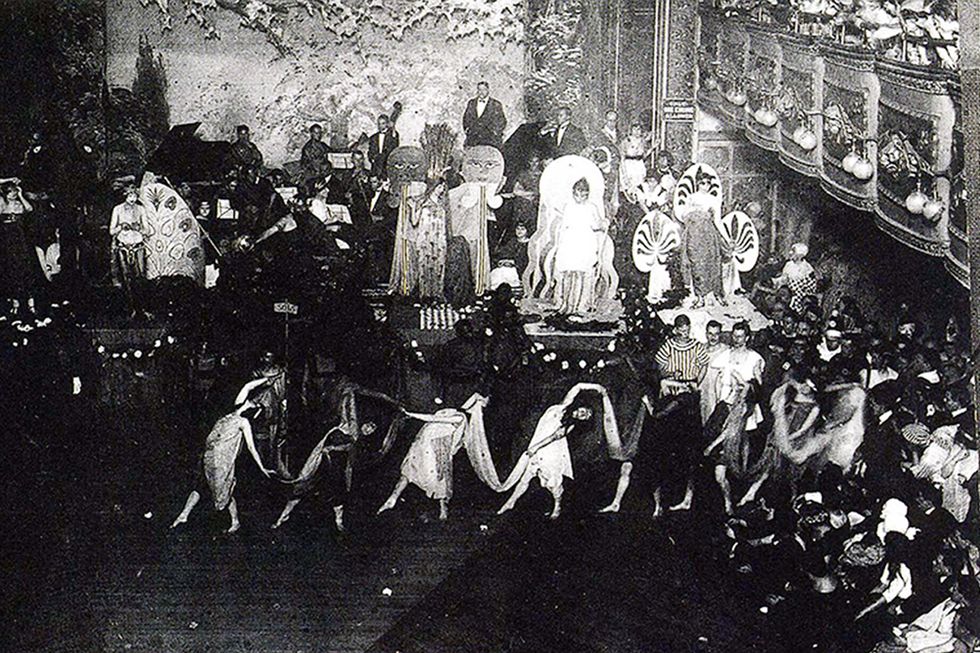
In the 1920’s, drag queens and other queer people organized covertly in underground ballrooms.
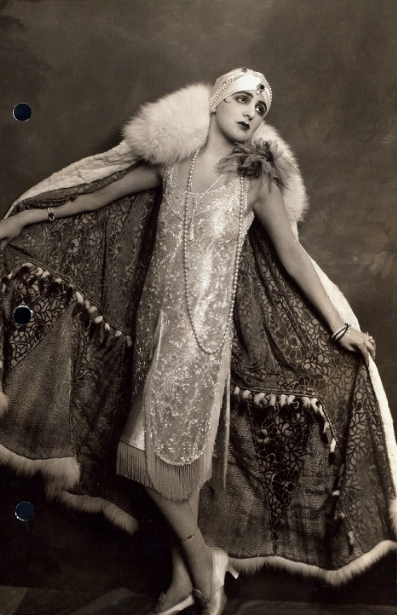
The ‘Roaring Twenties’ was a period of high fashion. Midwestern flapper style was popular during this period. The underground ballroom scene was one of the only places where queer people could enjoy high fashion and appropriate this particular style.
1930´s
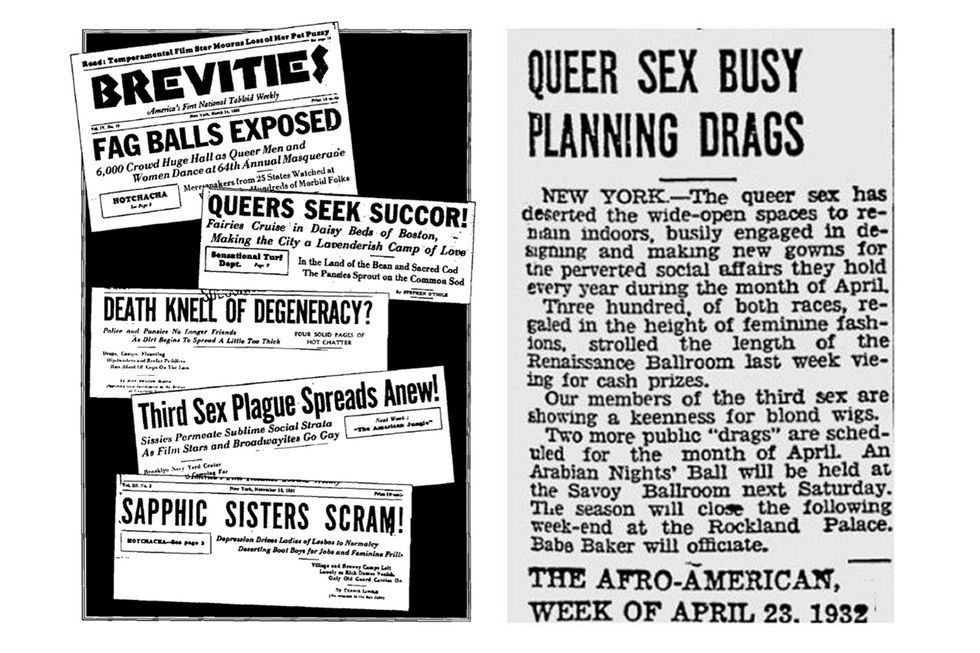
In the 1930's, the underground ballroom scene quickly became a place where one’s queer identity was visible. Mainstream society, however, saw the ballrooms as a place of perversions, accusing the participants of engaging in sexual activities during the balls. Newspapers began covering these stories, with some blaming ballroom goers for the Great Depression.
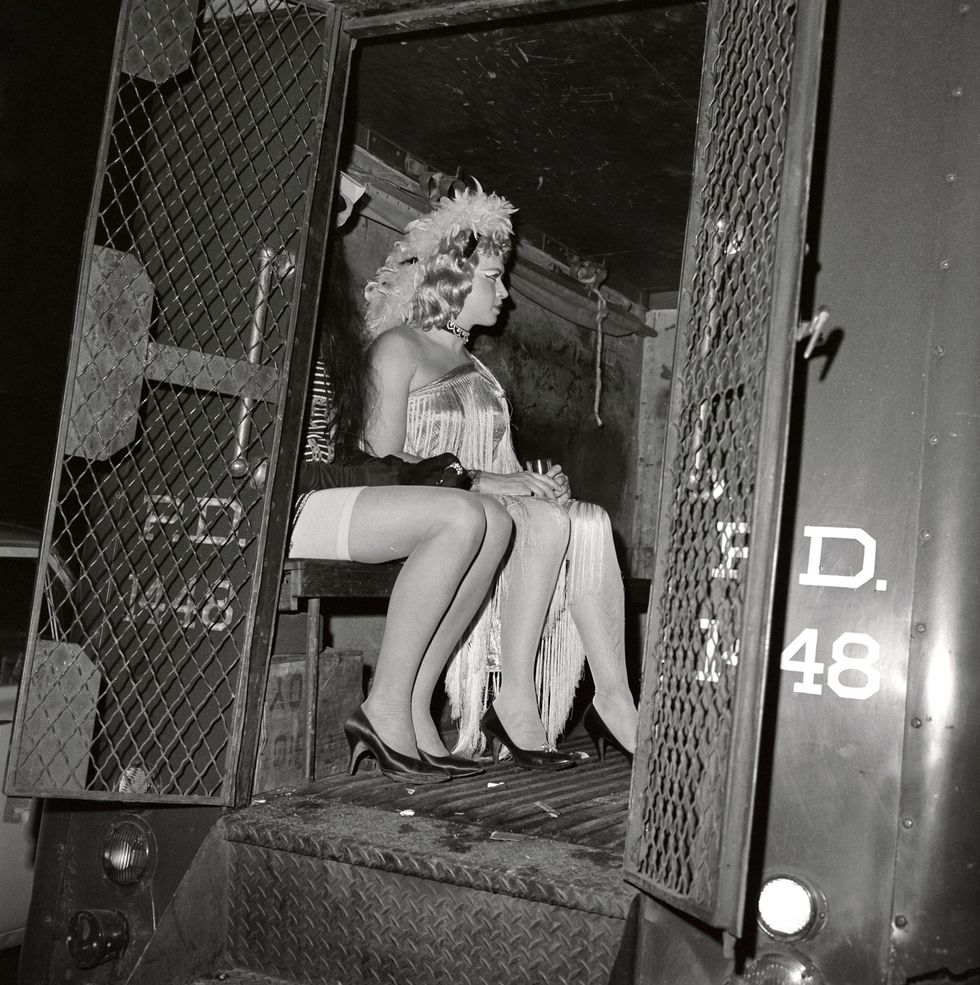
Outside of these ballrooms and queer-friendly clubs, drag queens were often arrested. Sometimes, police officers would enter the ballrooms impersonating queer men, baiting the ballroom attenders to conversations about sexual intercourse, then arresting them.
1940´s
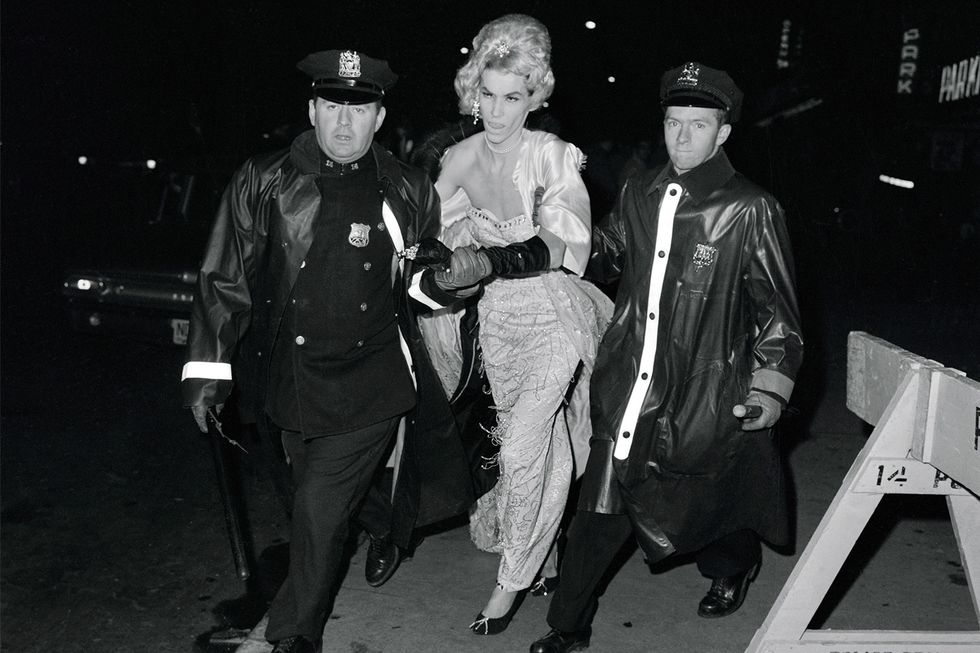
Two officers arresting a drag queen on the charges of soliciting homosexual intercourse.
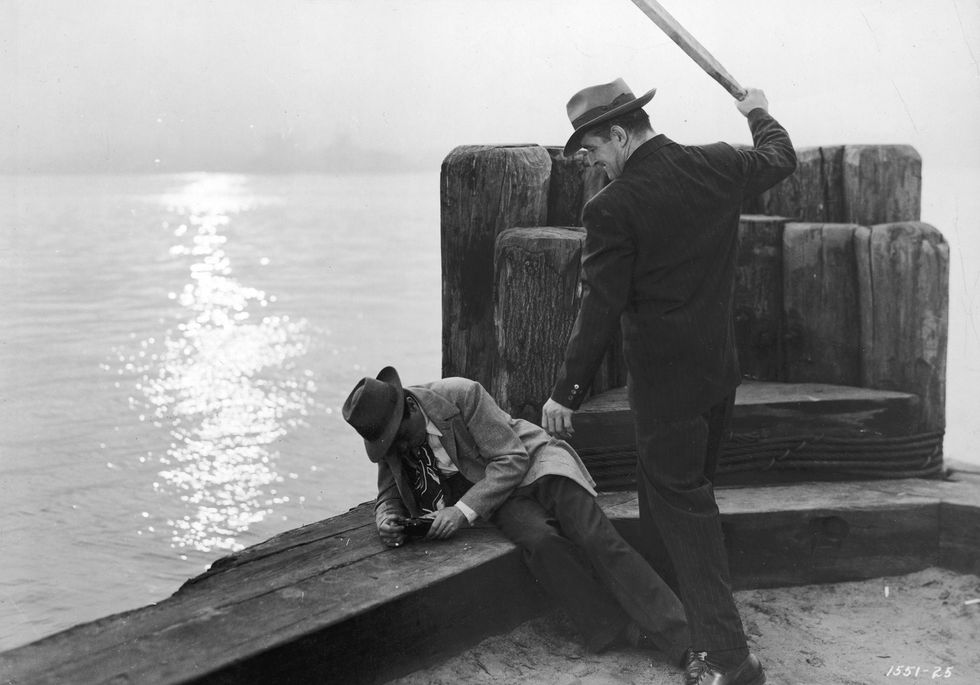
Often, queer people were victims of homophobic hate crimes. Thugs often waited outside of ballrooms and queer-friendly clubs, and violently attacked or harassed the LGBTQ participants. These attacks were typically not reported.
1950´s
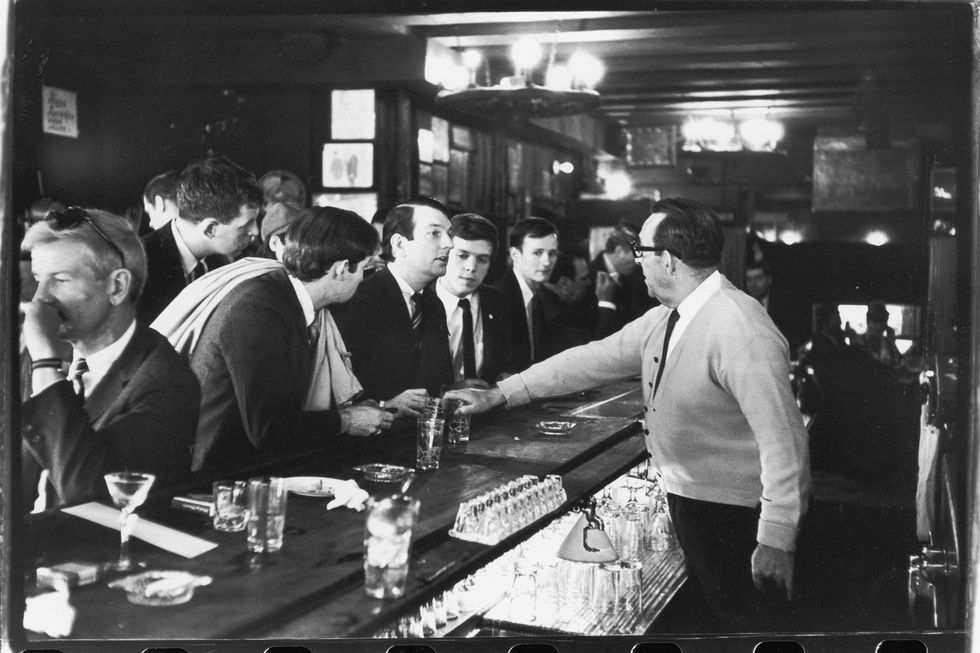
In the 1950's, queer-friendly clubs, balls, and speakeasies were anything but inclusive to black and brown people.
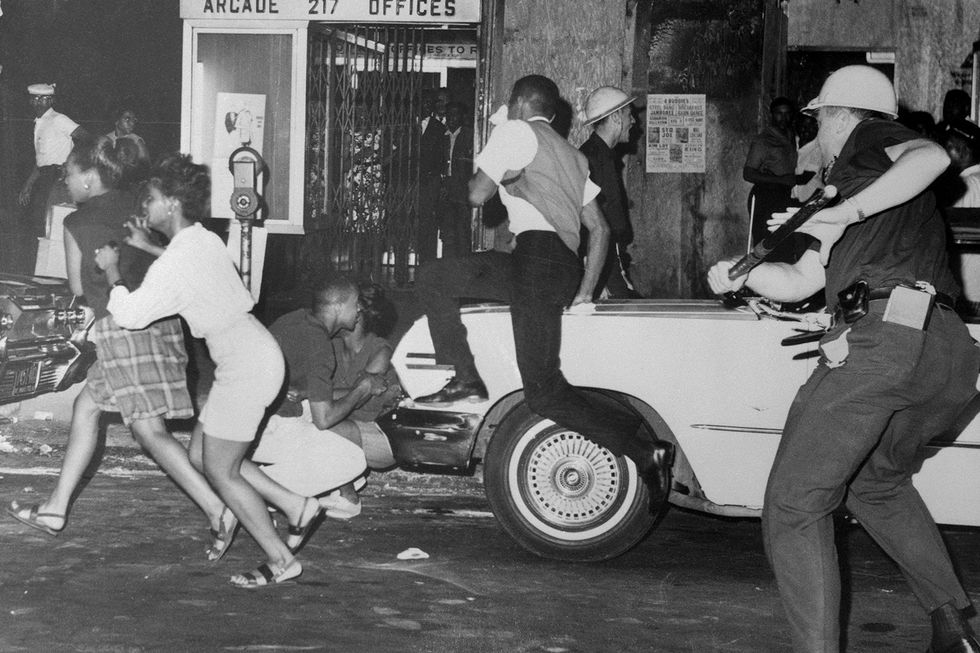
While white queer people faced police brutality because of their queerness, black queer people were targeted for their queerness and their blackness. Cops were excessively violent toward colored queer people.
1960´s
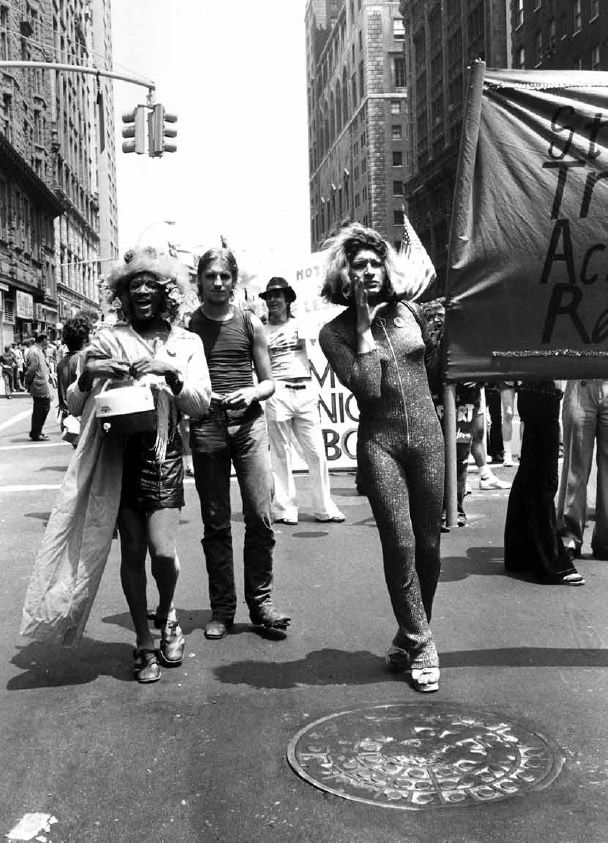
Important ballroom figures like Marsha P. Johnson and Sylvia Rivera stood at the apex of the Stonewall Riots in 1969, protesting the reprehensible treatment of queer people from law enforcement.
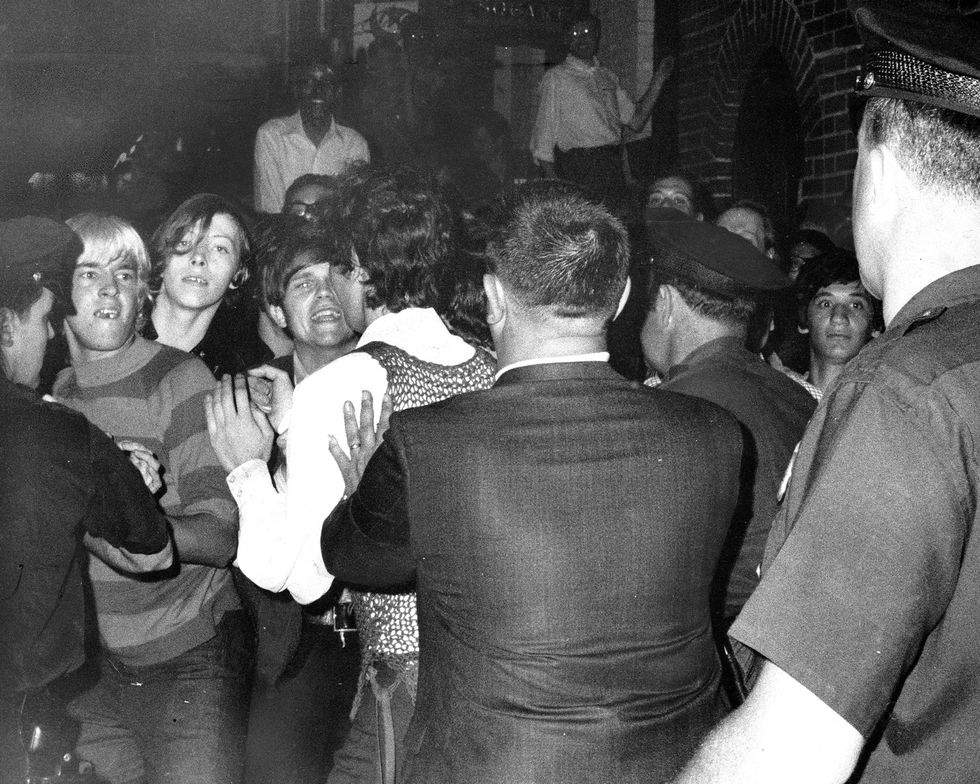
The Stonewall Riots became violent. Police officers used excessive violence, once hitting a lesbian demonstrator in the head as he forced her inside of the cop car.
1970´s
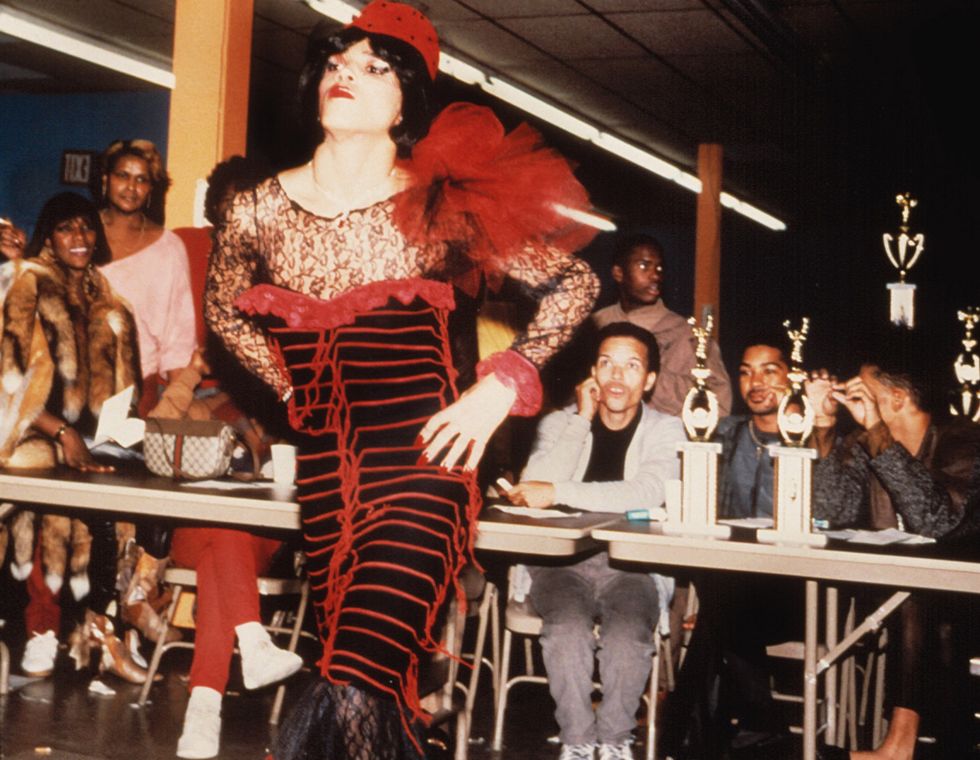
In the 1970's, black and latino ballroom culture emerged as a response to the lack of diversity in previous ballrooms, quickly becoming a home to many black and brown LGBTQ people.
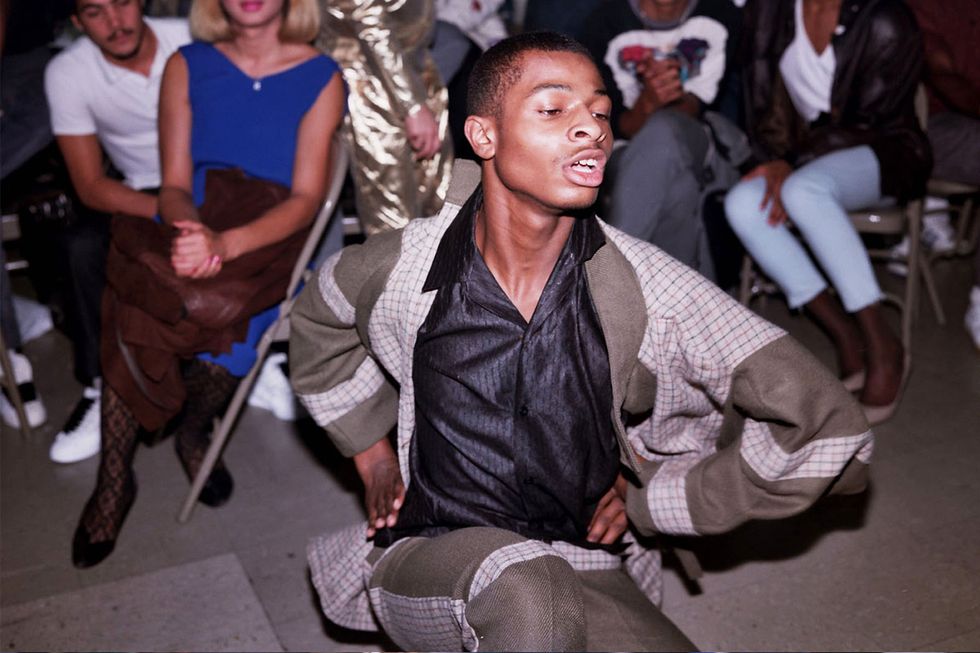
As a result, voguing became popular. Some of the most popular drag queens considered this a form of combating oppression and gaining liberation through movement.
HIV and healthcare
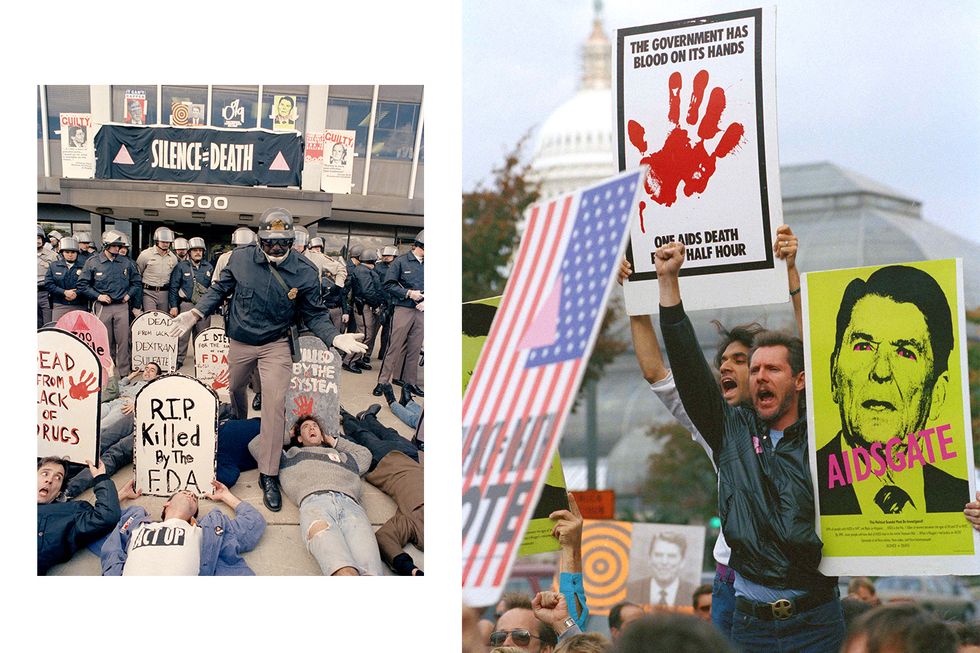
Healthcare and HIV medications were seldom available to the communities it affected the worst: black and brown queer people. ACT U –AIDS Activists–conducted a peaceful protest, bringing awareness to this issue.
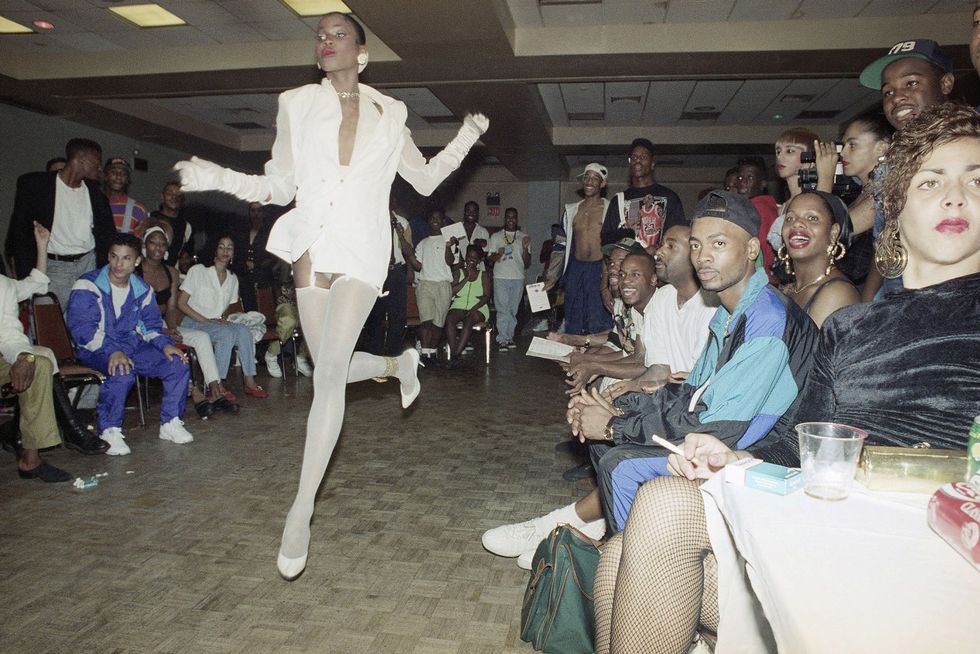
HIV and AIDS testing was made available in the underground ballrooms. People who tested at the door were let in the balls for free.
Ongoing representation
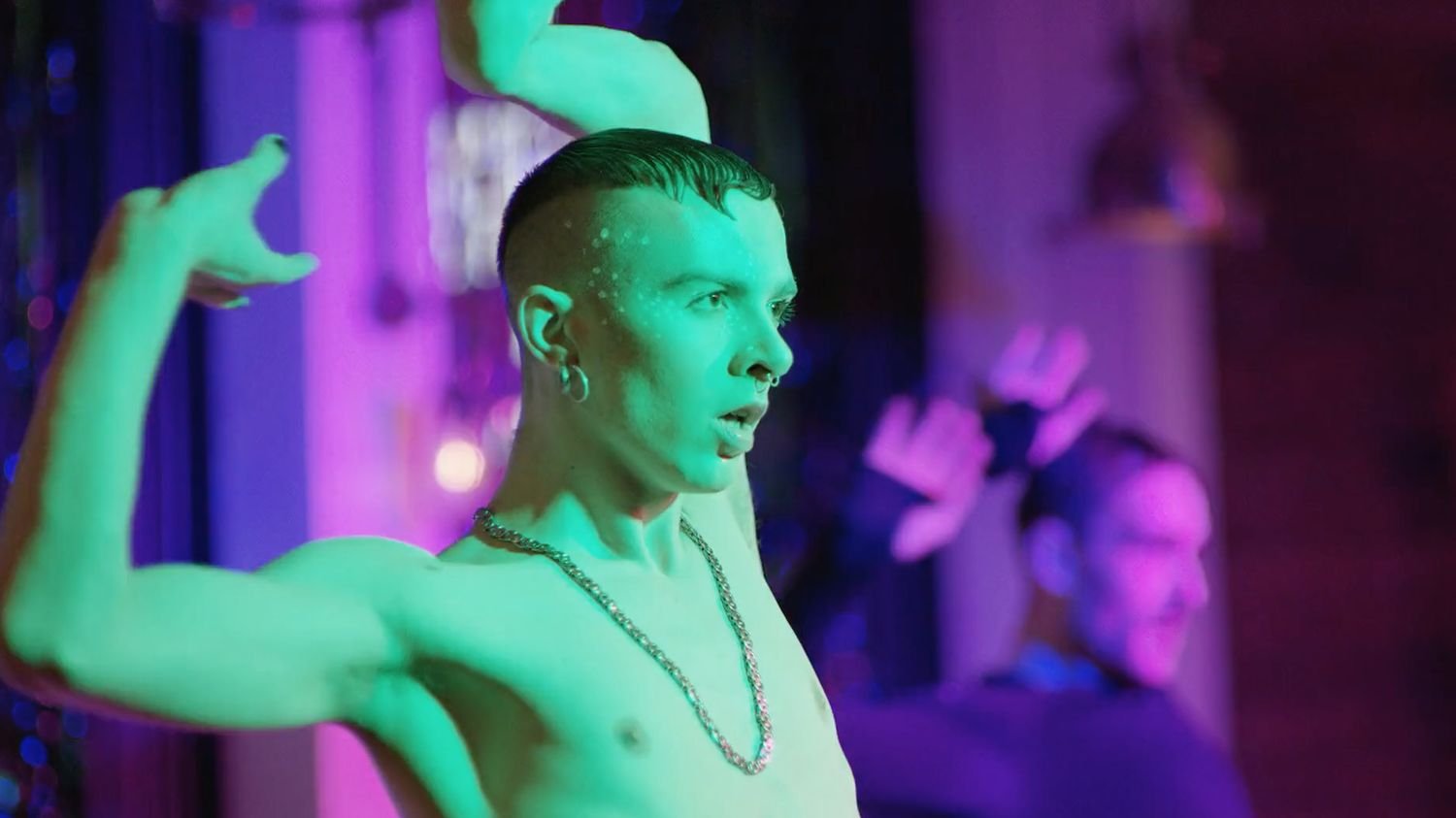
Voguing continues to thrive as a revolutionary dance style.
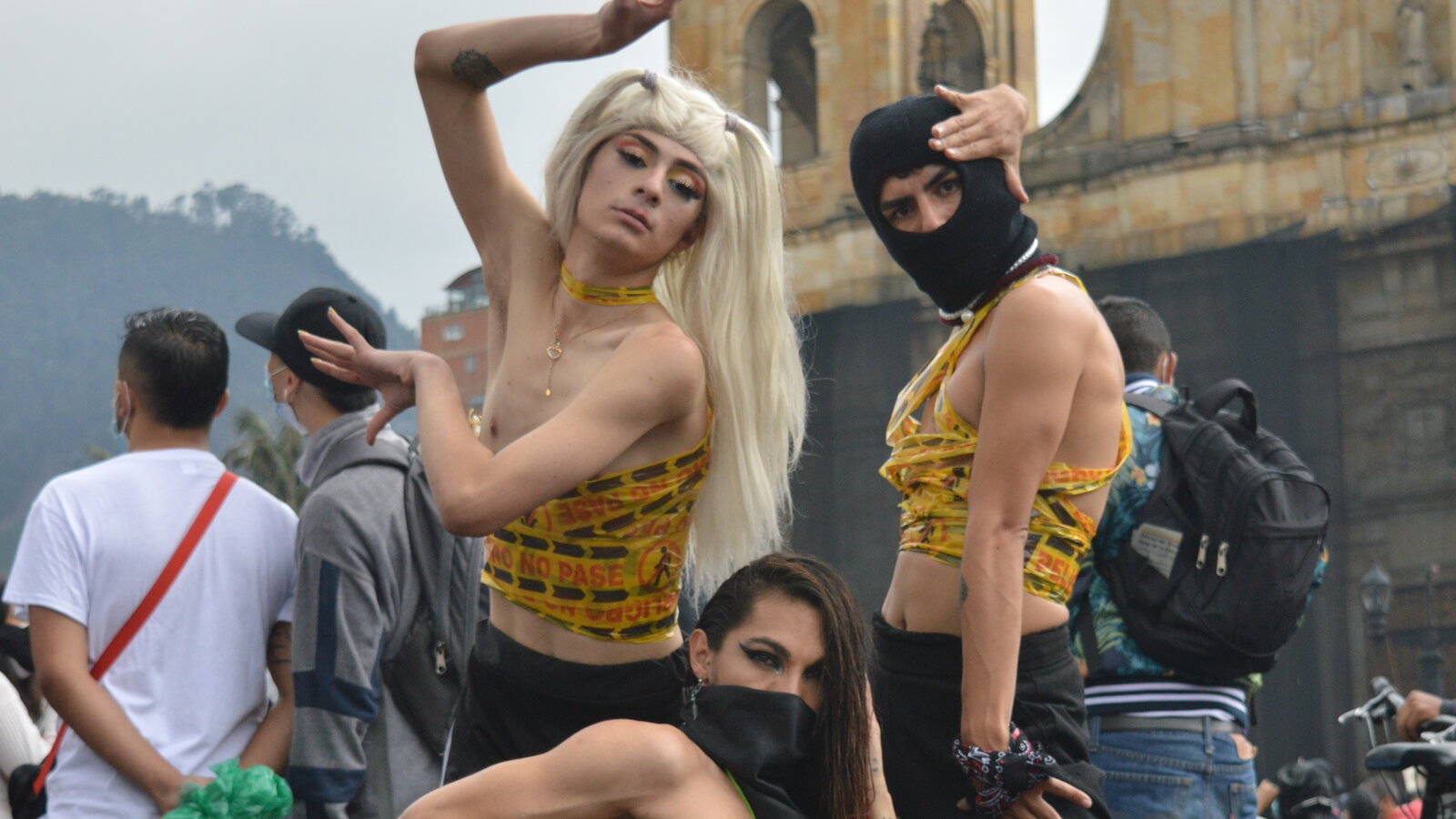
Today, underground ballroom culture is anything but underground. During protests, it is not uncommon to see a group of queer organizers voguing in the street as a form of resistance.
